Dungeons and Dragons‘ 2024/2025 rules update is finally complete, with each of the three core rulebooks having now gotten their remasters. Looking back on how this new series of books kicked off with the 2024 PHB reveals a particularly curious aspect of D&D 2024: how the game is handling spells in this rules update.
A big part of D&D 2024‘s rules update is its effort to patch over 5e‘s flaws, with some of that edition’s spells being a point of particular critique. While there are some nerfs throughout the new Player’s Handbook, most notably to the ‘Conjure’ genre of spells from 2014, the book focuses more on elevating martial classes than knocking down spellcasters. In fact, the new PHB expands the repertoire of these classes greatly, adding many new spells that weren’t in the 2014 PHB.
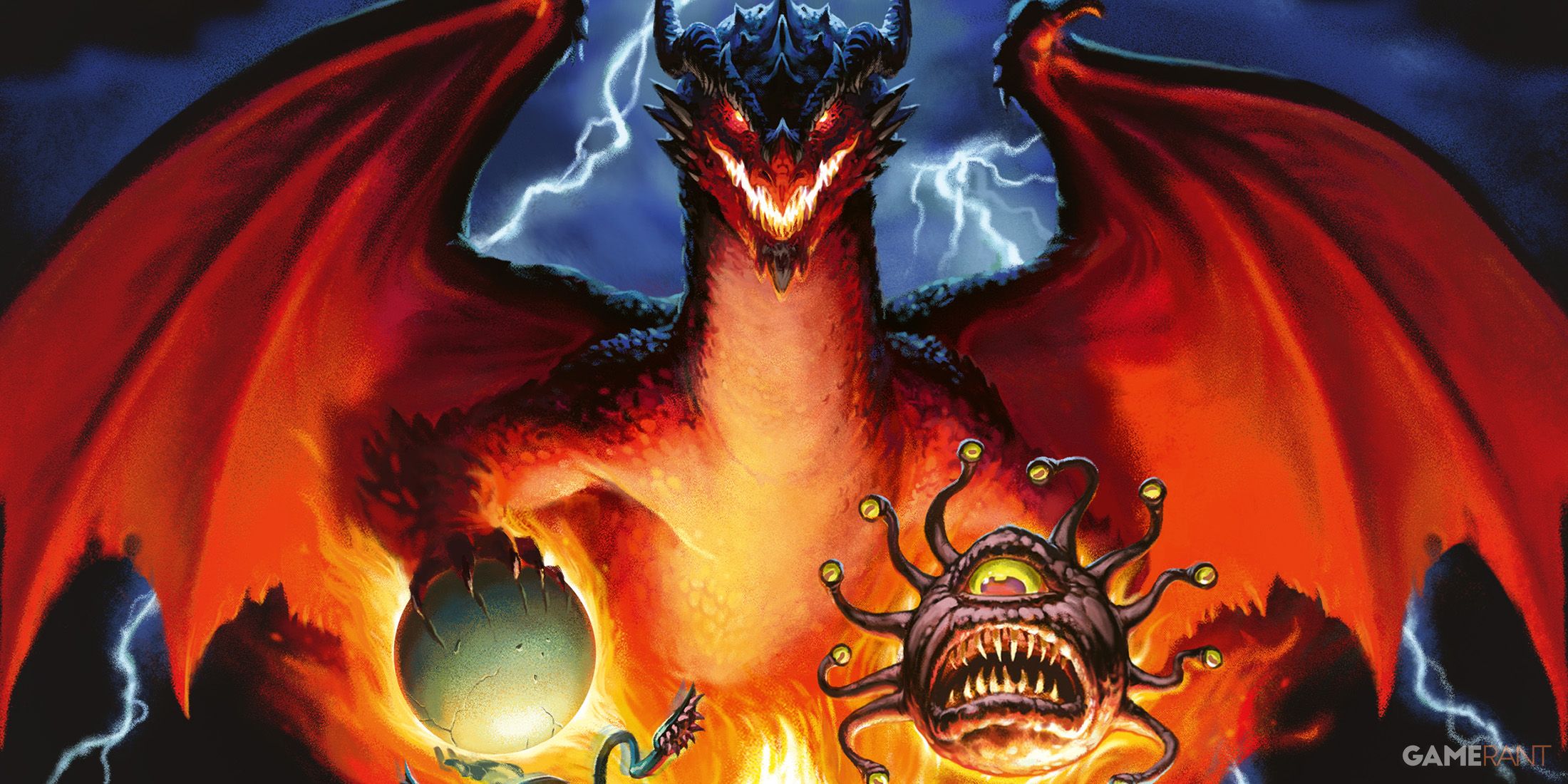
Related
Horrified: Dungeons and Dragons Cover Confirms New Monsters [EXCLUSIVE]
Game Rant reveals the Horrified: Dungeons and Dragons cover, which confirms three new monsters featured in the upcoming tabletop game.
Dungeons and Dragons Player’s Handbook 2024’s Added Spells
There are 12 entirely new spells in the 2024 Player’s Handbook, but they aren’t the only additional spells here. With the 2024 PHB aiming to be a definitive take on the last 10 years of 5e, the book ropes in elements from other 5e sourcebooks. When looking at spells, the book includes selections from Xanathar’s Guide to Everything, Tasha’s Cauldron of Everything, and the Elemental Evil Player’s Companion.
Spells From Outside The 2014 PHB In 2024
• Mind Sliver (Cantrip)
• Thunderclap (Cantrip)
•Toll the Dead (Cantrip)
• Word of Radiance (Cantrip)
• Ice Knife
• Dragon’s Breath
• Mind Spike
• Summon Beast
• Summon Fey
• Summon Undead
• Charm Monster
• Summon Aberration
• Summon Construct
• Summon Elemental
• Vitriolic Sphere
• Steel Wind Strike
• Summon Celestial
• Synaptic Static
• Summon Fiend
A decent selection of spells carried over from non-PHB D&D sourcebooks into 2024, including a long list of ‘Summon’ spells. These spells have effectively replaced the old ‘Conjure’ spells; those spells in 2014 summoned multiple creatures that used existing statblocks, leading to incredibly strong spells that clogged up initiative and made the whole game harder to run. These statblocks only summon a single creature, which acts on the same initiative as the summoner rather than a unique initiative. They also have statblocks that level according to the level the spell is cast at.
The returning cantrips here also make a great deal of sense. In particular, Toll the Dead has become the de-facto damage to cantrip for D&D 5e‘s Clerics (outranking Sacred Flame in most areas). Mind Sliver is also a fan favorite, whereas Thunderclap and Word of Radiance offer additional debuffs and AoE integration.
D&D 2024’s Entirely New Spells
• Sorcerous Burst (Cantrip)
• Starry Wisp (Cantrip)
• Elementalism (Cantrip)
• Arcane Vigor
• Befuddlement
• Drawmij’s Instant Summons
• Fount of Moonlight
• Jallarzi’s Storm of Radiance
• Power Word Fortify
• Shining Smite
• Tasha’s Bubbling Cauldron
• Yolande’s Regal Presence
When it comes to D&D 2024‘s cantrip additions, everything new is easy to explain. Elementalism is essentially another version of spells like Druidcraft and Prestidigitation, offering minor utility along with extra flair for roleplaying. Sorcerous Burst emphasizes the more chaotic identity of the Sorcerer, while Starry Wisp gives the Bard a new attack option and a lesser version of Faerie Fire.
Moving onto D&D 2024‘s new leveled spells, most act as new ways to deal damage—though a few stand out against the rest. Arcane Vigor stands out as a way for Wizards to increase their durability while not acting as a healing spell outright (as it allows the caster to expend Hit Dice rather than simply healing). Instant Summons is a great way for casters to recover stolen objects, and has fantastic potential for utility and storytelling. Fount of Moonlight is another spell that encourages spellcasters to enter melee, but being Concentration means it will likely only produce a short-lived effect.
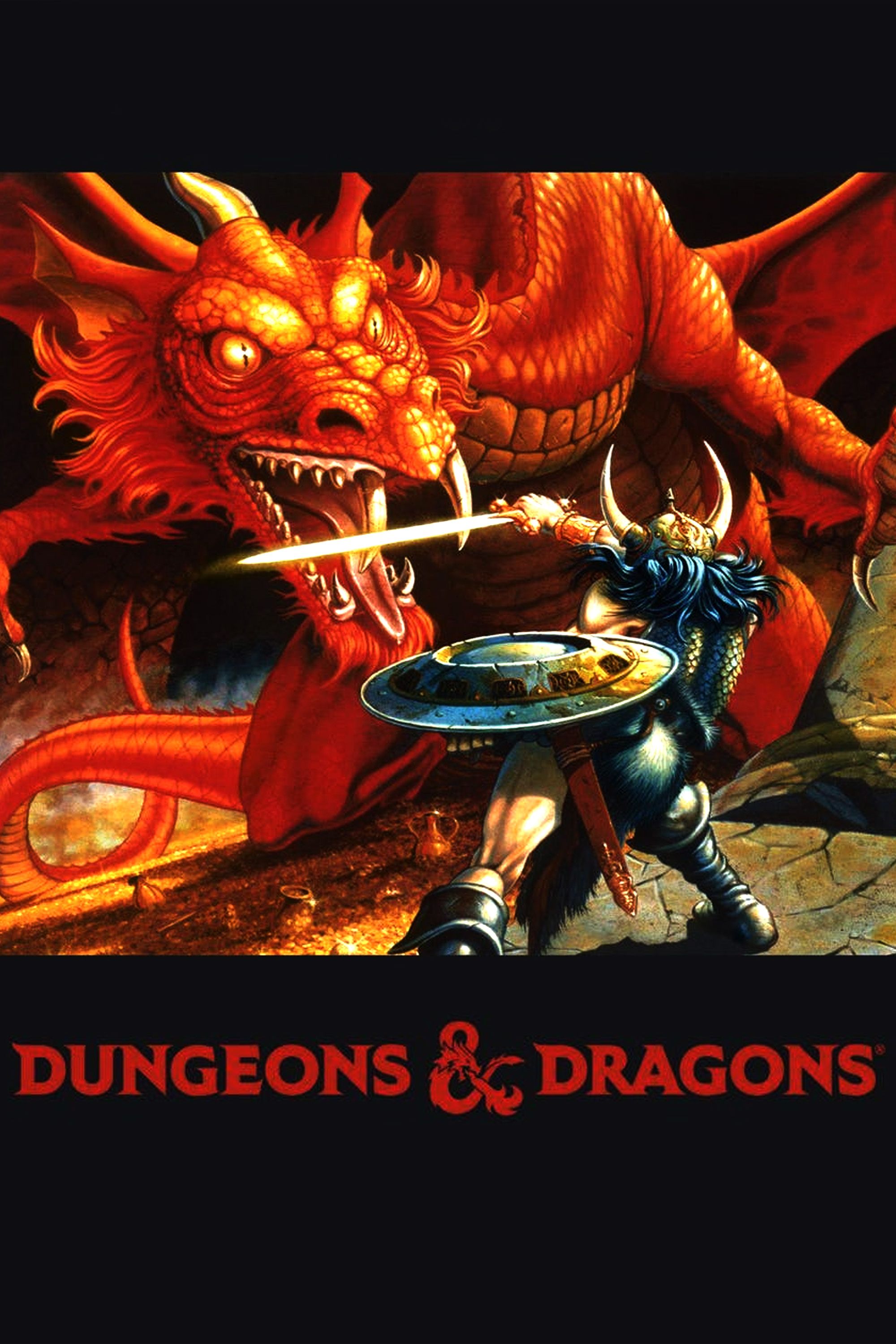
Dungeons and Dragons
- Franchise
-
Dungeons & Dragons
- Original Release Date
-
1974
- Designer
-
E. Gary Gygax, Dave Arneson
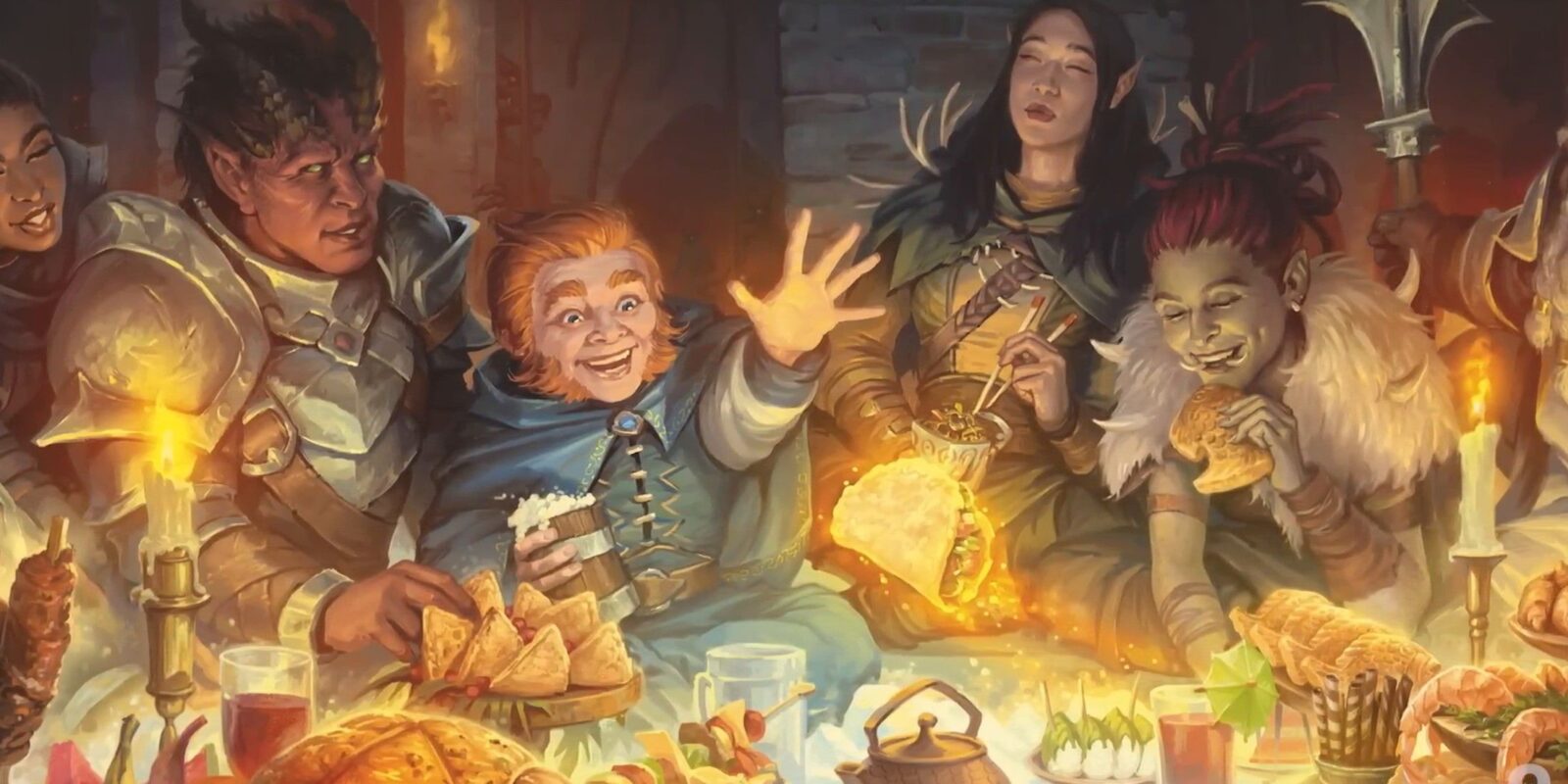






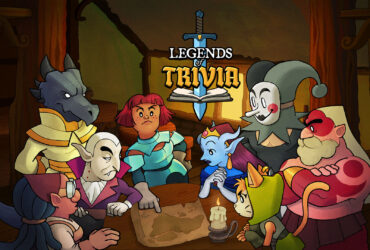


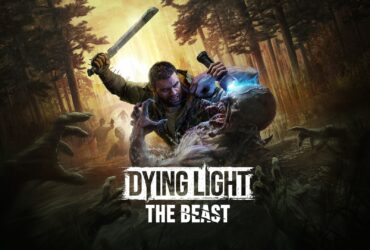

Leave a Reply